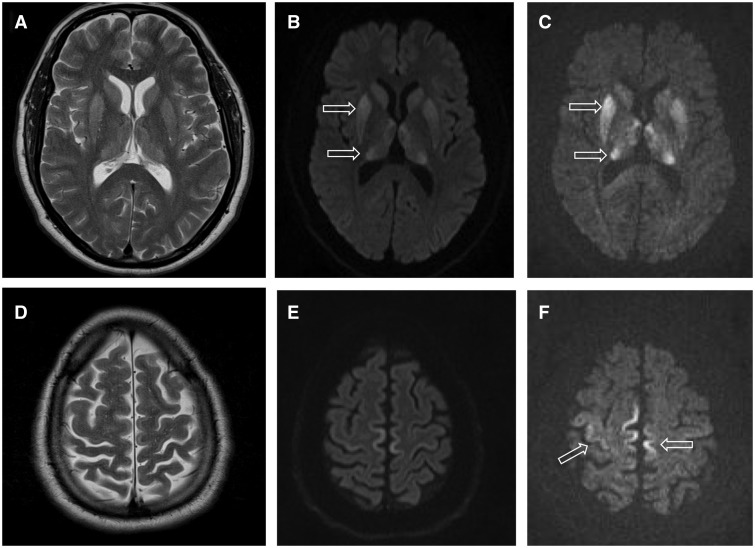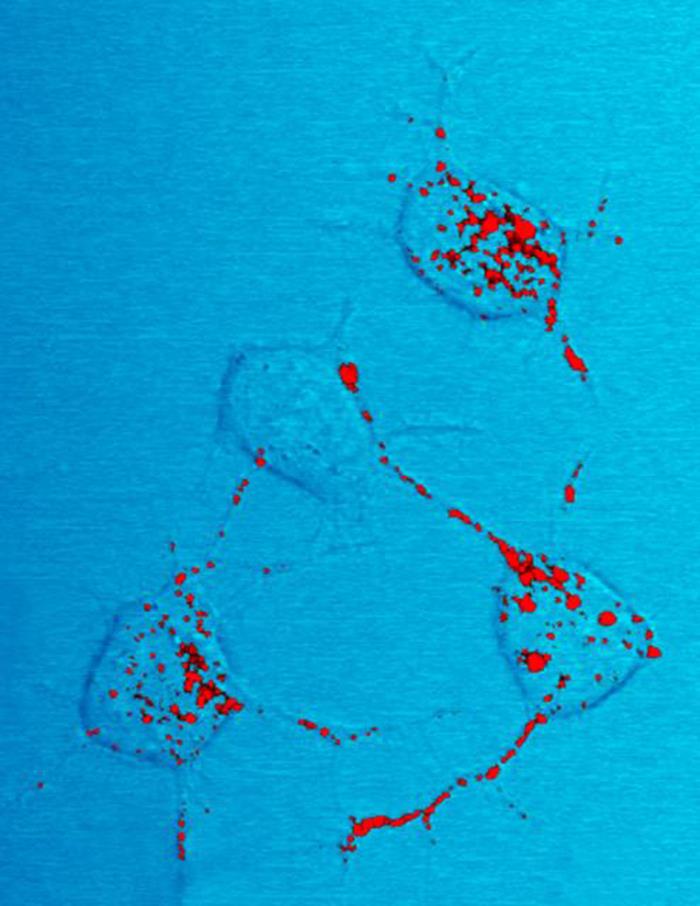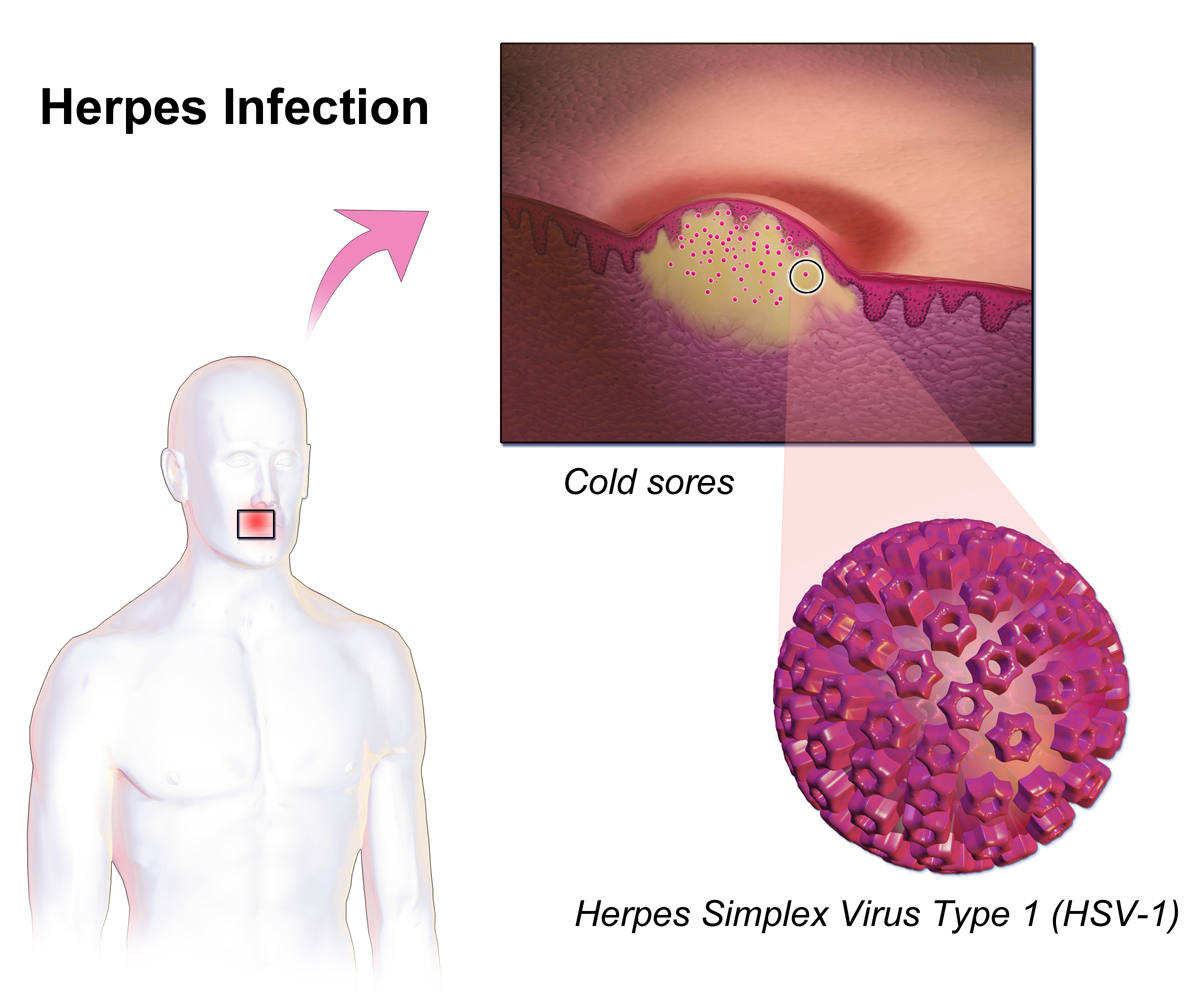|
The Tale Of The Dueling Neurosurgeons
''The Tale of the Dueling Neurosurgeons'', also known by its full title ''The Tale of the Dueling Neurosurgeons: The History of The Human Brain as Revealed by True Stories of Trauma, Madness, and Recovery'' is a science book regarding the brain and its functions by Sam Kean. '' The Daily Telegraph'' described it as "A dramatic account of the gruesome accidents that shaped modern neuroscience." Publication The book was published in hardback on May 6, 2014 by Little, Brown and Company. Contents/Synopsis In ''The Tale of the Dueling Neurosurgeons'', Sam Kean travels through time with stories of startling peculiarity and incredible fascination, stories of neurological curiosities: phantom limbs, cannibalism, Siamese brains and a plethora of other strange, though equally fascinating things. Kean effortlessly ties historical accounts, stories of madness and insanity, with the scientific breakthroughs that often followed. His writing shows that every breakthrough was borne of mala ... [...More Info...] [...Related Items...] OR: [Wikipedia] [Google] [Baidu] |
Sam Kean
Sam Kean is an American writer. He has written for ''The New York Times Magazine'', ''Mental Floss'', ''Slate'', ''Psychology Today'', and ''The New Scientist''. He has also published six books which discuss scientific discoveries in a narrative style."About." Sam Kean Official Site. http://samkean.com/samkean.php His books received positive reviews in ''The Wall Street Journal'' Schneider, Howard (2 May 2014).Book Review: 'The Tale of the Dueling Neurosurgeons' by Sam Kean. ''The Wall Street Journal''. Retrieved 17 December 2014. '' Library Journal'',Farris, Dale (1 November 2010). "Kean, Sam. The Disappearing Spoon: And Other True Tales of Madness, Love, and the History of the World from the Periodic Table of the Elements." ''Library Journal''. and ''The New York Times''.Maslin, Janet (4 August 2010).Hard Science, Softened With Stories ''The New York Times''. Retrieved 17 December 2014. He was born in Sioux Falls, South Dakota, and lives in Washington, D.C. Life and career Sam ... [...More Info...] [...Related Items...] OR: [Wikipedia] [Google] [Baidu] |
Synesthesia
Synesthesia (American English) or synaesthesia (British English) is a perceptual phenomenon in which stimulation of one sensory or cognitive pathway leads to involuntary experiences in a second sensory or cognitive pathway. People who report a lifelong history of such experiences are known as synesthetes. Awareness of synesthetic perceptions varies from person to person. In one common form of synesthesia, known as grapheme–color synesthesia or color–graphemic synesthesia, letters or numbers are perceived as inherently colored. In spatial-sequence, or number form synesthesia, numbers, months of the year, or days of the week elicit precise locations in space (''e.g.,'' 1980 may be "farther away" than 1990), or may appear as a three-dimensional map (clockwise or counterclockwise). Synesthetic associations can occur in any combination and any number of senses or cognitive pathways. Little is known about how synesthesia develops. It has been suggested that synesthesia deve ... [...More Info...] [...Related Items...] OR: [Wikipedia] [Google] [Baidu] |
James Papez
James Wenceslas Papez (;Livingston, Kenneth E. '. U.S. National Library of Medicine, 1981 1883–1958) was an American neuroanatomist, most famous for his 1937 description of the Papez circuit, a neural pathway in the brain thought to be involved in the cortical control of emotion. Specifically, Papez hypothesized that the hippocampus, the cingulate gyrus (Broca's callosal lobe), the hypothalamus, the anterior thalamic nuclei, and the interconnections among these structures constituted a harmonious mechanism which elaborate the functions of emotions.Papez JW. 1937. A proposed mechanism of emotion. 1937. J Neuropsychiatry Clin Neurosci. 1995 Winter;7(1):103-12. Papez never mentioned Broca's limbic lobe but others noted that his circuit was very similar to Broca's great limbic lobe.Lima, D.R.,2004. History of Medicine, Medsi, RJ. http://www.editoraguanabara.com.br/ Papez received his MD from the University of Minnesota College of Medicine and Surgery. He was a neurologist ... [...More Info...] [...Related Items...] OR: [Wikipedia] [Google] [Baidu] |
Creutzfeldt–Jakob Disease
Creutzfeldt–Jakob disease (CJD), also known as subacute spongiform encephalopathy or neurocognitive disorder due to prion disease, is an invariably fatal degenerative brain disorder. Early symptoms include memory problems, behavioral changes, poor coordination, and visual disturbances. Later symptoms include dementia, involuntary movements, blindness, weakness, and coma. About 70% of people die within a year of diagnosis. The name Creutzfeldt–Jakob disease was introduced by Walther Spielmeyer in 1922, after the German neurologists Hans Gerhard Creutzfeldt and Alfons Maria Jakob. CJD is caused by a type of abnormal protein known as a prion. Infectious prions are misfolded proteins that can cause normally folded proteins to also become misfolded. About 85% of cases of CJD occur for unknown reasons, while about 7.5% of cases are inherited in an autosomal dominant manner. Exposure to brain or spinal tissue from an infected person may also result in spread. There is no evid ... [...More Info...] [...Related Items...] OR: [Wikipedia] [Google] [Baidu] |
Parkinson's Disease
Parkinson's disease (PD), or simply Parkinson's, is a long-term degenerative disorder of the central nervous system that mainly affects the motor system. The symptoms usually emerge slowly, and as the disease worsens, non-motor symptoms become more common. The most obvious early symptoms are tremor, rigidity, slowness of movement, and difficulty with walking. Cognitive and behavioral problems may also occur with Depression (mood), depression, anxiety, and apathy occurring in many people with PD. Parkinson's disease dementia becomes common in the advanced stages of the disease. Those with Parkinson's can also have problems with their sleep and sensory systems. The motor symptoms of the disease result from the death of cells in the substantia nigra, a region of the midbrain, leading to a dopamine deficit. The cause of this cell death is poorly understood, but involves the build-up of protein, misfolded proteins into Lewy bodies in the neurons. Collectively, the main motor sym ... [...More Info...] [...Related Items...] OR: [Wikipedia] [Google] [Baidu] |
Alzheimer's Disease
Alzheimer's disease (AD) is a neurodegeneration, neurodegenerative disease that usually starts slowly and progressively worsens. It is the cause of 60–70% of cases of dementia. The most common early symptom is difficulty in short-term memory, remembering recent events. As the disease advances, symptoms can include primary progressive aphasia, problems with language, Orientation (mental), disorientation (including easily getting lost), mood swings, loss of motivation, self-neglect, and challenging behaviour, behavioral issues. As a person's condition declines, they often withdraw from family and society. Gradually, bodily functions are lost, ultimately leading to death. Although the speed of progression can vary, the typical life expectancy following diagnosis is three to nine years. The cause of Alzheimer's disease is poorly understood. There are many environmental and genetic risk factors associated with its development. The strongest genetic risk factor is from an alle ... [...More Info...] [...Related Items...] OR: [Wikipedia] [Google] [Baidu] |
Blood–brain Barrier
The blood–brain barrier (BBB) is a highly selective semipermeable border of endothelial cells that prevents solutes in the circulating blood from ''non-selectively'' crossing into the extracellular fluid of the central nervous system where neurons reside. The blood–brain barrier is formed by endothelial cells of the capillary wall, astrocyte end-feet ensheathing the capillary, and pericytes embedded in the capillary basement membrane. This system allows the passage of some small molecules by passive diffusion, as well as the selective and active transport of various nutrients, ions, organic anions, and macromolecules such as glucose and amino acids that are crucial to neural function. The blood–brain barrier restricts the passage of pathogens, the diffusion of solutes in the blood, and large or hydrophilic molecules into the cerebrospinal fluid, while allowing the diffusion of hydrophobic molecules (O2, CO2, hormones) and small non-polar molecules. Cells of th ... [...More Info...] [...Related Items...] OR: [Wikipedia] [Google] [Baidu] |
Prion
Prions are misfolded proteins that have the ability to transmit their misfolded shape onto normal variants of the same protein. They characterize several fatal and transmissible neurodegenerative diseases in humans and many other animals. It is not known what causes a normal protein to misfold, but the resulting abnormal three-dimensional structure confers infectious properties by collapsing nearby protein molecules into the same shape. The word ''prion'' is derived from the term, "proteinaceous infectious particle". In comparison to all other known infectious agents such as viroids, viruses, bacteria, fungi, and parasites, all of which contain nucleic acids ( DNA, RNA, or both), the hypothesized role of a protein as an infectious agent stands in contrast. Prion isoforms of the prion protein (PrP), whose specific function is uncertain, are hypothesized as the cause of transmissible spongiform encephalopathies (TSEs), including scrapie in sheep, chronic wasting disease ... [...More Info...] [...Related Items...] OR: [Wikipedia] [Google] [Baidu] |
Daniel Carleton Gajdusek
Daniel Carleton Gajdusek ( ;Holley, Joe (December 16, 2008) "D. Carleton Gajdusek; Controversial Scientist", ''The Washington Post'', p. B5. September 9, 1923 – December 12, 2008) was an American physician and medical researcher who was the co-recipient (with Baruch S. Blumberg) of the Nobel Prize in Physiology or Medicine in 1976 for work on the transmissibilty of kuru, implying the existence of an infectious agent which he named an 'unconventional virus'. In 1996, Gajdusek was charged with child molestation and, after being convicted, spent 12 months in prison before entering a self-imposed exile in Europe, where he died a decade later. His papers are held at the National Library of Medicine in Bethesda, Maryland. and at the American Philosophical Society in Philadelphia, Pennsylvania. Early life and education Gajdusek's father, Karol Gajdusek, was a butcher, an ethnic Slovak from Büdöskő, Kingdom of Hungary (now Smrdáky, Slovakia). His maternal grandparents, ethnic ... [...More Info...] [...Related Items...] OR: [Wikipedia] [Google] [Baidu] |
Kuru (disease)
Kuru is a rare, incurable, and fatal neurodegenerative disorder that was formerly common among the Fore people of Papua New Guinea. Kuru is a form of transmissible spongiform encephalopathy (TSE) caused by the transmission of abnormally folded proteins (prions), which leads to symptoms such as tremors and loss of coordination from neurodegeneration. The term kuru derives from the Fore word ''kuria'' or ''guria'' ("to shake"), due to the body tremors that are a classic symptom of the disease. ''Kúru'' itself means "trembling". It is also known as the "laughing sickness" due to the pathologic bursts of laughter which are a symptom of the disease. It is now widely accepted that kuru was transmitted among members of the Fore tribe of Papua New Guinea via funerary cannibalism. Deceased family members were traditionally cooked and eaten, which was thought to help free the spirit of the dead. Women and children usually consumed the brain, the organ in which infectious prions were mos ... [...More Info...] [...Related Items...] OR: [Wikipedia] [Google] [Baidu] |
Silas Weir Mitchell (physician)
Silas Weir Mitchell (February 15, 1829 – January 4, 1914) was an American physician, scientist, novelist, and poet. He is considered the father of medical neurology, and he discovered causalgia (complex regional pain syndrome) and erythromelalgia, and pioneered the rest cure. Biography Silas Weir Mitchell was born on February 15, 1829, in Philadelphia, Pennsylvania, to John Kearsley Mitchell and Sarah Henry Mitchell. He studied at Philadelphia's renowned University of Pennsylvania and later earned the degree of MD at the city's Jefferson Medical College in 1850. During the Civil War, he was director of treatment of nervous injuries and maladies at Turners Lane Hospital, Philadelphia, and at the close of the war became a specialist in neurology. In this field Mitchell pioneered the rest cure for diseases now termed "psychiatric", particularly neurasthenia and hysteria, subsequently taken up by the medical world. The treatment consisted primarily in isolation, confinement to b ... [...More Info...] [...Related Items...] OR: [Wikipedia] [Google] [Baidu] |
Herpes Simplex
Herpes simplex is a viral infection caused by the herpes simplex virus. Infections are categorized based on the part of the body infected. Oral herpes involves the face or mouth. It may result in small blisters in groups often called cold sores or fever blisters or may just cause a sore throat. Genital herpes, often simply known as herpes, involves the genitalia. It may have minimal symptoms or form blisters that break open and result in small ulcers. These typically heal over two to four weeks. Tingling or shooting pains may occur before the blisters appear. Herpes cycles between periods of active disease followed by periods without symptoms. The first episode is often more severe and may be associated with fever, muscle pains, swollen lymph nodes and headaches. Over time, episodes of active disease decrease in frequency and severity. Herpetic whitlow typically involves the fingers or thumb. Herpes simplex keratitis involves the eye. Herpesviral encephalitis invol ... [...More Info...] [...Related Items...] OR: [Wikipedia] [Google] [Baidu] |







